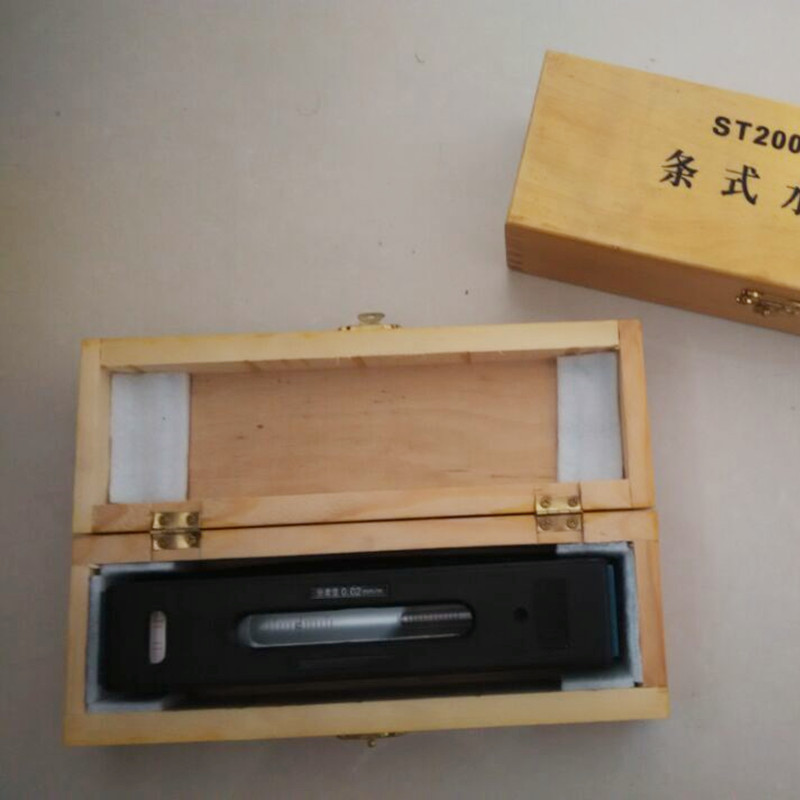Nov . 19, 2024 15:06 Back to list
metric gauge pins
Understanding Metric Gauge Pins Precision Instruments for Quality Control
In the world of manufacturing and engineering, precision is paramount. It impacts product quality, assembly efficiency, and overall operational success. Among the various tools used for ensuring high standards of accuracy, metric gauge pins stand out as essential instruments. These pins are utilized across various industries for measuring dimensions, verifying tolerances, and ensuring the correct fit of components.
What Are Metric Gauge Pins?
Metric gauge pins are precision-engineered cylindrical rods typically made of high-grade steel, stainless steel, or other durable materials. They are specifically designed to measure hole diameters, check alignment, and serve various quality control purposes. The “metric” designation refers to the system of measurement used, primarily expressed in millimeters (mm). Gauge pins generally come in different lengths and diameters, allowing for versatility in applications.
Applications of Metric Gauge Pins
1. Dimension Verification One of the primary uses of metric gauge pins is to verify the dimensions of holes in machined parts. By inserting a gauge pin with a specified diameter, engineers can quickly determine whether the hole meets specified tolerances. This simple method is crucial in ensuring parts will fit together correctly in assemblies.
2. Alignment Checks When multiple components must align precisely, gauge pins serve as reference points. By using pins to establish alignment, manufacturers can avoid misfits in assemblies that could lead to failures or increased wear over time.
3. Blocking and Fixturing In addition to measuring, gauge pins provide support in fixturing setups on machining operations. By incorporating gauge pins into the setup, operators can ensure consistent placement of materials, aiding in the accuracy of machining processes.
metric gauge pins

4. Quality Control In quality assurance processes, gauge pins are critical. They help inspectors confirm that machined parts conform to engineering specifications. Any deviations can trigger corrective actions, preventing defective products from reaching customers.
Types of Metric Gauge Pins
There are several types of metric gauge pins, including
- Go/No-Go Pins These pins come in pairs—go pins that must fit into a specific hole, and no-go pins that should not fit. This method quickly assesses whether a part is within tolerance.
- Tapered Pins These are designed to enter a hole easily, allowing for gauge checking in a variety of tolerances effectively.
- Step Pins Step pins have varying diameters along their length, which can be useful for testing different hole sizes with a single tool.
Conclusion
Metric gauge pins reflect the critical role of precision measuring tools in manufacturing and engineering processes. Their ease of use, versatility, and reliability make them invaluable for ensuring parts meet exact specifications. As industries continue to demand higher quality standards and tighter tolerances, the role of tools like metric gauge pins will only become more significant. Investing in high-quality gauge pins not only facilitates smoother operations but also contributes to the overall quality and success of products in competitive markets. Ultimately, precision instruments like these are fundamental for achieving excellence in manufacturing, making them a cornerstone of modern engineering practices.
-
Y Type Strainer Maintains System Efficiency Long TermNewsJul.15,2025
-
Valve Selection Guide for Industrial ApplicationsNewsJul.15,2025
-
Steel Fab Table Provides Durable Work Surface for WeldingNewsJul.15,2025
-
Pad Iron Provides Stable Support for Heavy MachineryNewsJul.15,2025
-
One Inch Check Valve Fits Standard Plumbing SystemsNewsJul.15,2025
-
Measuring Micrometer Ensures Precise Dimensional AccuracyNewsJul.15,2025
Related PRODUCTS









